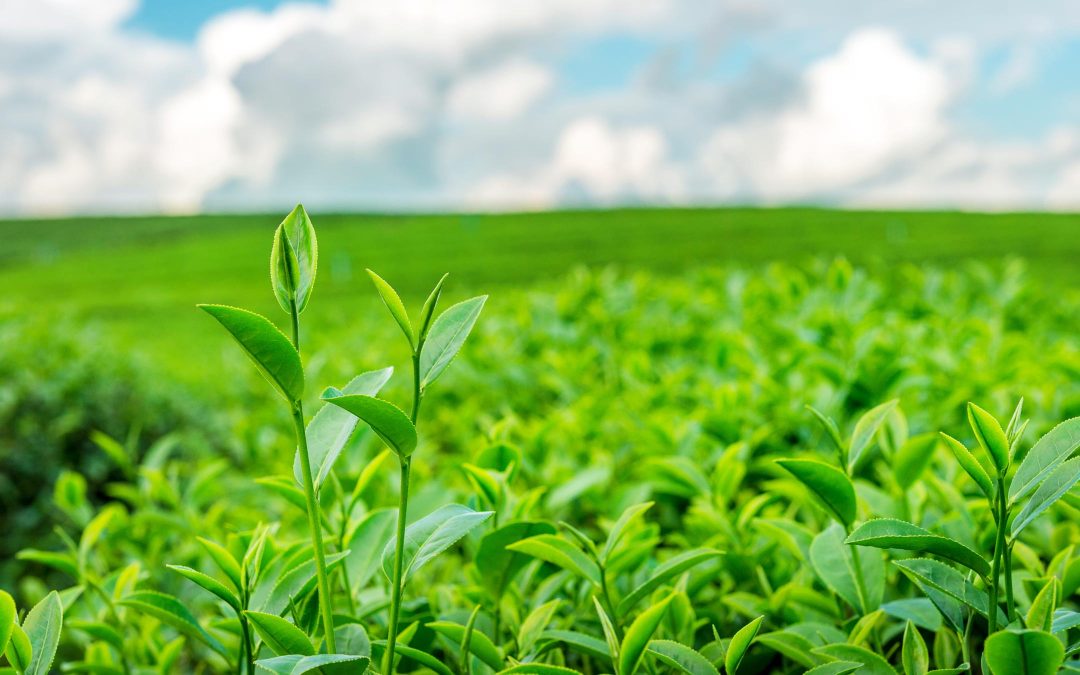Imagine for a moment that our planet has become devoid of agriculture. What would our lives look like? Where would we get our food from? What if the fields stopped producing crops? How would we feed billions of hungry mouths? We know very well that agriculture is more than just an ancient craft or a rural activity; it is the backbone of the economy for many countries around the world. Agriculture plays a vital role in building and enhancing economies. Brazil is a prominent example of this, where the agricultural sector is a fundamental pillar of the Brazilian economy. In 2020, this sector contributed an impressive 26.6% to the country’s GDP. Additionally, Brazil leaves a strong mark on the global economic stage, ranking fourth in the world in grain production, with a yield of 239 million tons in the same year, among many other countries.
Agriculture is not merely a source of food; it is the primary driver of economic development in many countries through the production of grains and other crops. Agriculture contributes to job creation, boosts exports, and reduces poverty. Hence, agriculture stands at the forefront of the economy, making it a key player on the global agricultural stage. It serves as a model for how to utilize natural resources to achieve sustainable growth and economic well-being.
Despite agriculture appearing as a simple and stable activity, there is a hidden enemy that threatens it from within: agricultural pests. Among all the available methods to tackle pest control, nanosilver particles have proven to be exceptionally effective. This technology stands out for its ability to combat agricultural pests efficiently, providing high levels of protection without the negative side effects associated with traditional chemicals. Therefore, we can consider nanosilver particles as a safe and effective solution that enhances agricultural productivity, improves the overall performance of farmers, and significantly increases agricultural output.
How do agricultural pests threaten productivity and food security?
Tiny living organisms tell big stories in the world of agriculture. Despite their small size, harmful organisms play a significant and impactful role, with their negative effects extending widely, threatening crop productivity and quality. Although pesticides are a common solution to control these pests, their excessive and unregulated use poses a major challenge that requires sustainable and effective solutions. Therefore, their use must be carried out wisely and with precise guidance to avoid environmental and health side effects.
Despite their small size, agricultural pests pose a significant threat to modern agriculture. Therefore, it is crucial to control these pests using advanced strategies to maintain productivity and sustainability in the agricultural sector. The negative impacts of these pests include:
- Destruction of crops: When agricultural pests attack crops, they cause significant damage to a large portion of the plants, or in some cases, destroy the entire crop. This assault leads to substantial losses for farmers, not only in terms of the large amounts of money invested in farming and crop care, but also the expected income from selling the damaged crops. Consequently, the farmer is likely to incur additional costs to replant the crop or take other measures to deal with the agricultural pests.
- Disease transmission: The presence of pests in agricultural crops is a serious issue that significantly affects the quality and health of the crops. For example, some fungi or bacteria that spread through infected plants can cause diseases when humans consume these contaminated plants, such as diarrhea or food poisoning. Additionally, some chemicals used in pesticides or other control measures can be harmful if not used correctly or handled safely.
- Environmental degradation: The excessive use of pesticides can contribute to environmental pollution and negatively impact biodiversity. It can affect the environment, soil, and water. Additionally, the overuse of pesticides can lead to the development of pesticide resistance in pests, necessitating the use of more pesticides or stronger ones, thereby increasing the cycle of pesticide use and its environmental and economic costs.
Nanoparticles of silver: The key to exceptional agricultural productivity
In the pursuit of creating a better agricultural future, agricultural technology has always faced challenges related to the side effects of intensive use of chemical pesticides. But can we imagine a day when we achieve a solution without any side effects?
In a world searching for sustainable solutions, nanosilver technology emerges as an innovative and comprehensive solution—a transformative tool in agriculture that combines high effectiveness with environmental respect. Nanosilver particles act as a powerful method to combat and eliminate agricultural pests and diseases without leading to microbial resistance development. This makes it a safe and efficient choice for ensuring crop health in perpetuity, fostering confidence and assurance in modern agriculture. Moreover, it enhances sustainability and productivity in the agricultural sector.In addition to their ability to protect plants and crops from agricultural pests, nanosilver particles play a crucial role in significantly enhancing agricultural productivity. They are not merely biopesticides or nematode control agents but also positively impact plant growth and development by improving germination, root-to-shoot ratio, and seedling growth.
Field studies have demonstrated notable increases in productivity. For instance, in soybean farms, studies showed an average increase of 4.6 bags per hectare compared to conventional fungicide systems. Similarly, in corn farms, the increase was 3 bags per hectare compared to traditional methods. These positive results highlight the high effectiveness of nanotechnology in enhancing productivity and reducing losses significantly



